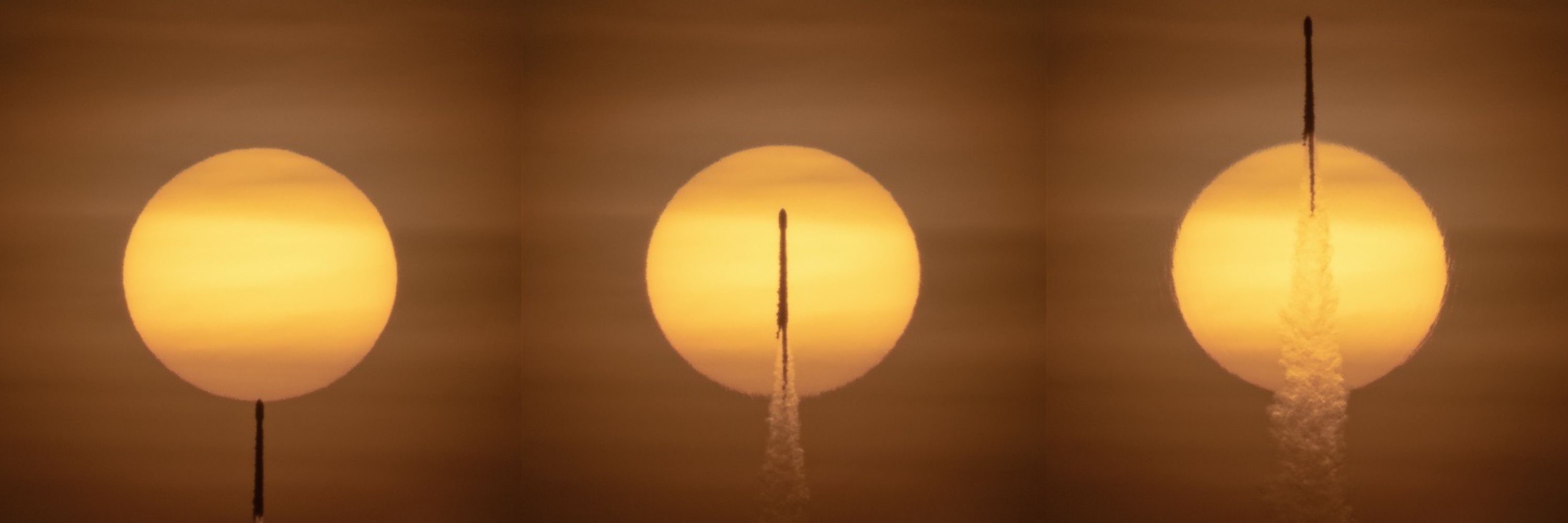
Michael Seeley
@mseeley.net
Photographer / Space nerd / Healthcare
Photos of stuff (rockets preferred)
We Report Space co-founder
Nat Geo contributor
President, Health First Foundation
Reposts / follows ≠ endorsement
More: https://linktr.ee/michaelseeley
Photos of stuff (rockets preferred)
We Report Space co-founder
Nat Geo contributor
President, Health First Foundation
Reposts / follows ≠ endorsement
More: https://linktr.ee/michaelseeley
Thanks, Rami; you = cool.
November 6, 2025 at 11:21 AM
Thanks, Rami; you = cool.
Thanks. Magnification (800mm) and a fast shutter speed (1/5000 sec) are necessary, both of which are more related to the optics than the camera itself.
November 6, 2025 at 11:19 AM
Thanks. Magnification (800mm) and a fast shutter speed (1/5000 sec) are necessary, both of which are more related to the optics than the camera itself.
Thanks, no, I try for these transits
November 3, 2025 at 2:48 PM
Thanks, no, I try for these transits
The crater is deeper than the Grand Canyon. (Source: @wikipedia.org )
October 9, 2025 at 10:31 AM
The crater is deeper than the Grand Canyon. (Source: @wikipedia.org )
…with an albedo nearly double that of most lunar features. The feature is bright enough to be visible to the naked eye, and displays unusually bright features when viewed through a large telescope. It is also readily identified when most of the lunar surface is illuminated by earthshine.
October 9, 2025 at 10:31 AM
…with an albedo nearly double that of most lunar features. The feature is bright enough to be visible to the naked eye, and displays unusually bright features when viewed through a large telescope. It is also readily identified when most of the lunar surface is illuminated by earthshine.
Fun fact: The bright crater the plane is pointed at is Aristarchus crater, named after the Greek astronomer Aristarchus of Samos; it's a lunar impact crater that lies in the northwest part of the Moon's near side. It is considered the brightest of the large formations on the lunar surface…
October 9, 2025 at 10:31 AM
Fun fact: The bright crater the plane is pointed at is Aristarchus crater, named after the Greek astronomer Aristarchus of Samos; it's a lunar impact crater that lies in the northwest part of the Moon's near side. It is considered the brightest of the large formations on the lunar surface…

